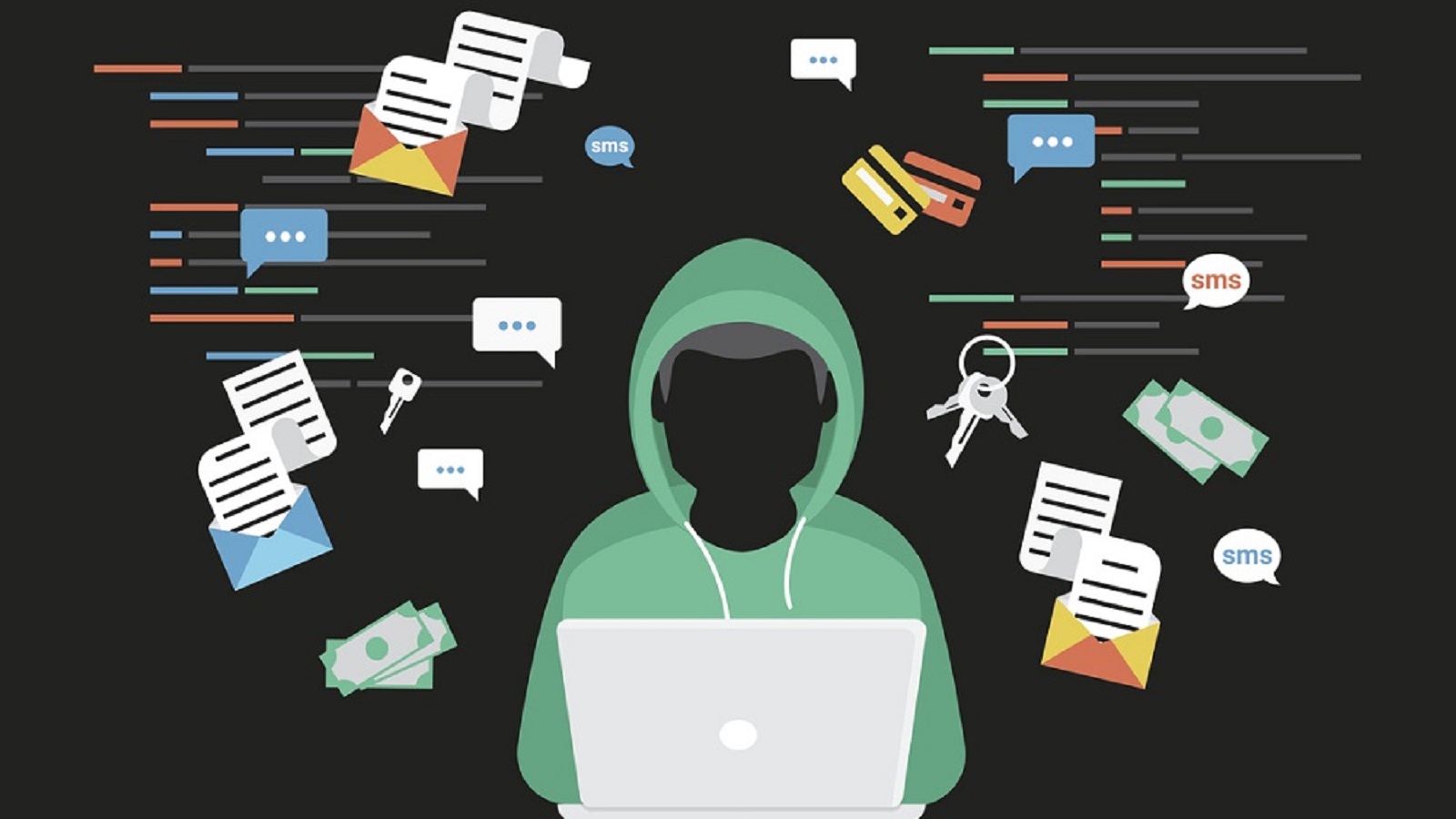The reliance on technology for business operations has become paramount. While technology offers numerous advantages, it also exposes organizations to an array of cyber threats that are constantly evolving. These hidden threats can be insidious, often going unnoticed until significant damage has occurred. Understanding these risks is critical for businesses aiming to protect their sensitive information and maintain operational integrity.
As cybercriminals adapt and refine their tactics, companies must stay updated on the latest trends in cybersecurity threats. From sophisticated phishing attacks to advanced persistent threats (APTs), the landscape is becoming increasingly complex. This article delves into the nuances of the hidden cyber threats facing businesses today and offers key strategies to mitigate these risks effectively.
Recognizing the Evolving Landscape of Cyber Threats
The threat landscape for businesses is continually changing, driven by technological advancements and the growing sophistication of cybercriminals. One major factor contributing to these evolving threats is the rise of remote work and cloud services, which have expanded the attack surface for potential intruders. Cybercriminals are leveraging vulnerabilities in remote access tools and employee home networks, making it easier for them to infiltrate company systems and steal sensitive data. Moreover, the proliferation of the Internet of Things (IoT) has introduced new vulnerabilities, as many devices lack robust security measures.
In addition to technical vulnerabilities, social engineering tactics remain a significant concern. Cybercriminals increasingly target the human element of cybersecurity through deceptive practices, such as impersonating trusted contacts or organizations to manipulate employees into divulging confidential information. Ransomware attacks, too, have grown in scale and complexity, often involving not just the encryption of files but also the threat of data leakage. As cyber threats continue to evolve, businesses must remain vigilant and proactive in their approach to cybersecurity.
Key Strategies for Mitigating Hidden Cybersecurity Risks
To effectively combat the myriad of hidden cyber threats, businesses should first establish a robust cybersecurity framework that includes regular risk assessments. These assessments should identify potential vulnerabilities in both technology and employee behavior, helping organizations to understand their unique risk profile. Implementing multi-layered security measures, such as firewalls, intrusion detection systems, and endpoint protection solutions, can create a strong defense against potential attacks. Additionally, keeping software and systems updated is essential to mitigate exploitation of known vulnerabilities.
Another crucial strategy is investing in employee training and awareness programs. Since human error is often a primary factor in successful cyberattacks, educating employees on best practices for cybersecurity can significantly reduce risk. Training should cover aspects such as identifying phishing attempts, using strong passwords, and recognizing the importance of secure data handling. Regular drills and simulations can reinforce these lessons and help create a culture of security within the organization. By prioritizing both technological defenses and human awareness, businesses can better position themselves to navigate the complex world of cyber threats.
The hidden cyber threats facing businesses today are both diverse and evolving, requiring a comprehensive and dynamic approach to cybersecurity. By recognizing the complexities of the threat landscape and implementing key strategies for risk mitigation, organizations can enhance their resilience against potential attacks. As cyber risks continue to grow, staying informed and proactive will be essential for safeguarding sensitive data and ensuring business continuity in an increasingly digital world.



